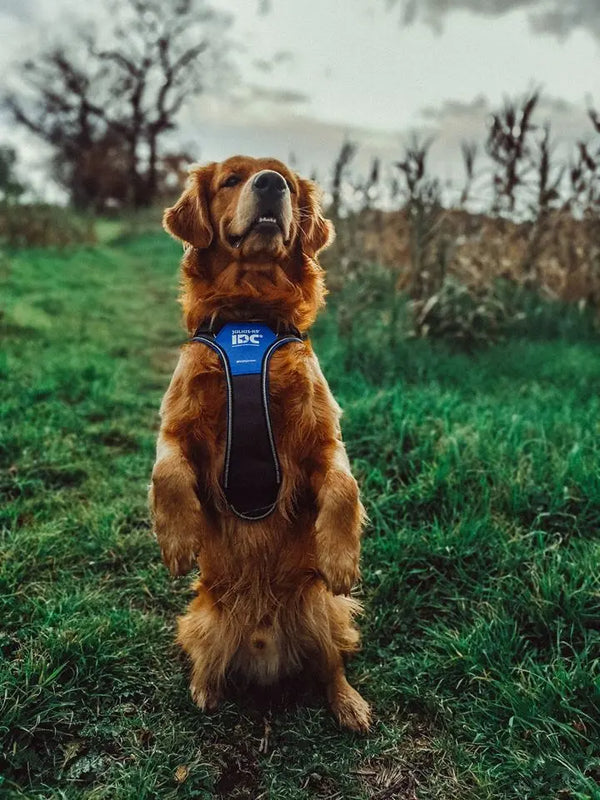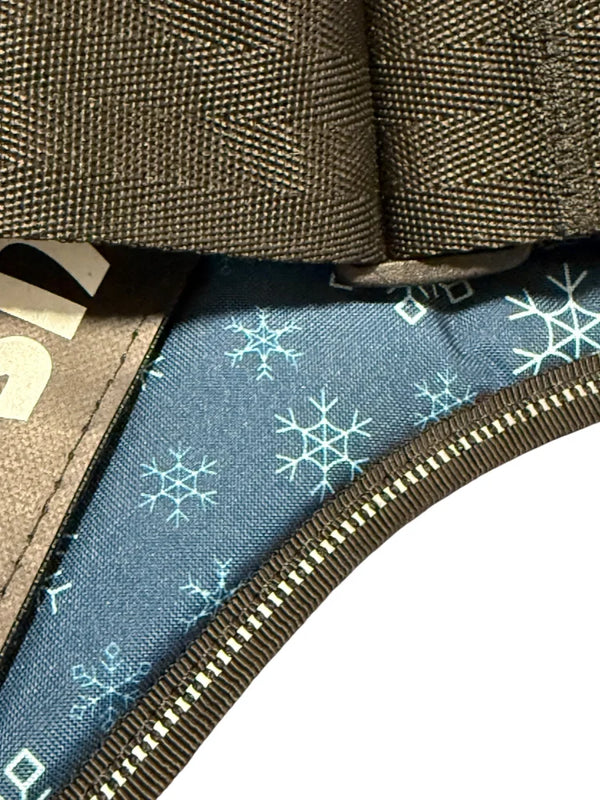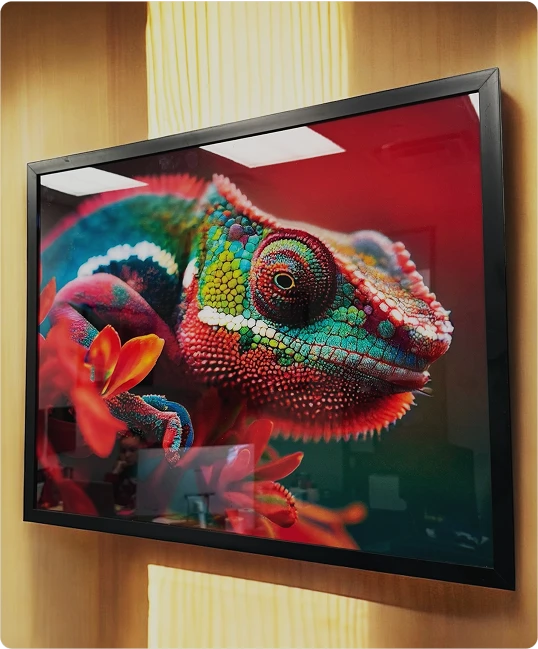
The Different Types of Dog Harnesses

If you have ever strolled down the street and noticed a dog being walked with a harness on, you may have developed some curiosity about that harness. Perhaps you stopped for a minute or two and thought: should I use a harness instead of a collar on my dog? Harnesses are not necessarily a product intended to control your dog; rather, they act as a form of security for keeping your beloved pet close, giving you peace of mind.
As both an accessory and a safety measure, harnesses are a wonderful tool to use for any dog—extra-large and extra-small pets alike. For certain breeds with broad, short skulls such as pugs, harnesses should be worn instead of collars due to their unique facial features. Familiarizing yourself with the different types of dog harnesses and their uses can answer any questions you might have about their purpose, effectiveness, and design.
The Reasoning Behind Dog Harness Use
Training your dog effectively may require utilizing a harness alongside a common collar. Harnesses are more secure than collars, as they make it difficult for a dog to escape. Any type of harness will prevent excessive strain on a dog’s neck, protecting them from harming themselves or becoming injured. Harnesses are a vital item for doggy wardrobes, and are essential for small dogs to avoid applying direct pressure on their delicate tracheas.
You might now wonder which type of harness is best for your dog. Searching for the right harness is a difficult task, as there is a wide variety of options. However, different harnesses serve different purposes depending on their style, shape, and structure. Evaluate the array of selections as you consider your dog’s usual leash behavior.
When selecting a harness, it is crucial to choose the right style and size for your dog. Look closely at various sizing choices based on your dog’s weight and girth. Understand that adjusting harnesses to fit properly is key, as improper adjustment will cause noticeable discomfort. Examine how the harness will accommodate your dog’s movement. Keep in mind that harnesses should not be worn in excess.
The Traditional Categories of Harnesses
There are several different types of dog harnesses that owners and handlers can select. The three primary types of harnesses are known as the back-clip, the front-clip, and the dual-clip. Each of these harnesses has its advantages and disadvantage depending on individual purposes. No harness is exactly alike. The selection process may take research and several attempts to find one best suited for your dog. Your dog may also require harness training to grow accustomed to the accessory over time.
Front-Clip Harnesses
Front-clips are harnesses typically better for bigger dogs due to positioning. Many dogs have problems with pulling on leashes due to their young age or instincts. Using the proper equipment can help train them to stop pulling repeatedly as you walk. The major difference between front-clip harnesses and others can be found in the very name: they are attached at the front. The front of a harness can be an ideal place to connect your leash.
When a leash is attached to a ring at the dog’s chest area, the issue of constant pulling decreases. The dog is encouraged to walk by your side and not in front of you—which is how they usually pull you along. Gaining control over your furry friend can be difficult because their genetic makeup produces a center of gravity much different from our own. Front-clip harnesses provide you with better control, and can give you confidence when walking your dog. Just be careful that the leash does not become a tripping hazard or get tangled in their legs.
Dual-Clip Harnesses
Dual-clips are less common, but usually preferred by dog trainers because they provide even pressure and versatile options. Their name explains the reason why—these harnesses are attached with dual clips on the front and back of your dog. You can choose where to attach the leash. While these kinds of harnesses are practical, flexible, and functional for your all needs, they are the most expensive and bulky. Back Clip Harnesses
Back-clips are the most popular harness option for both owners and trainers. Dogs adjust to back harnesses with ease, as they are comfortable to wear and even easier to put on. These harnesses are also known as step-in harnesses—dogs simply step into them, making it very easy to attach them to your pet. Remember to research what may be best to compliment your dog when they are wearing a harness. Harnesses should be worn during walking or training to help your dog listen better and pull less on their leash.
Other Types of Harnesses
Besides the traditional dog harness options, there are some special-use or task-oriented alternatives. Prime examples would be a day-pack harness, which includes little pockets for your best bud to carry all their trail-blazing gear, or an LED harness for early morning and night walks with your dog. An LED harness is the perfect illumination device to make your canine companion visible to motorists in the dark.
For busy dogs out in the field, such as service dogs, guide dogs, or police K9 units, there are specific working dog harnesses available for purchase. The best harnesses for working dogs are lightweight, built to last, and fully functional for their task. The harness designs found here at Julius-K9 are wonderfully crafted with maximum mobility in mind. You can choose to personalize your dog’s harness with custom labels or name tags.
Dog harnesses are amazing accessories, and can be very beneficial to your dog. Remember that the way a harness works for your dog will depend on breed, size, and adaptability. The best harness is the one able to make walks comfortable and new adventures easy. Purchasing the right type of harness will impact the relationship you have with your best bud. Select a high-quality harness made sustainably, with a nice color or suitable design. You can find peace of mind with the perfect harness for your dog.




